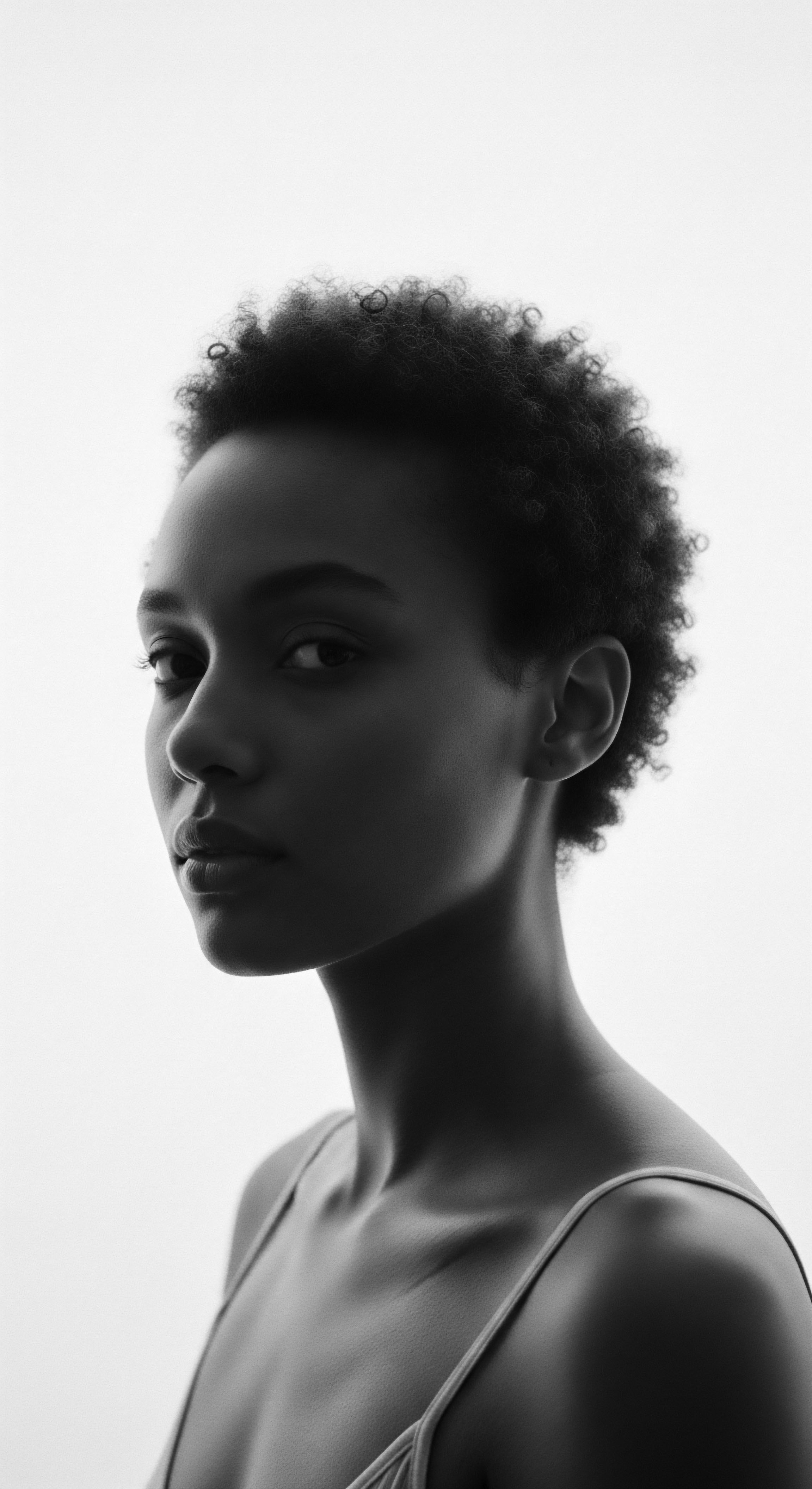
Roots
Consider for a moment the profound resonance held within each curl, each coil, each gentle wave that springs from the scalp. It is not merely a biological attribute, a collection of protein strands, but a living archive, a whisper of ages past, a vibrant testament to ancestral wisdom. For those whose lineage traces through the vast, complex narratives of Black and mixed-race peoples, textured hair is a chronicle written upon the very head, an enduring heritage that speaks volumes in the modern era of self-acceptance. This exploration seeks to listen to those whispers, to trace the ancient pathways of care and identity, and to witness how these deep roots continue to nourish the present.

The Architecture of Identity
To truly appreciate the legacy, one must first comprehend the very foundation. Textured hair, in its diverse forms, possesses a unique anatomical blueprint, setting it apart from straighter counterparts. Unlike a smooth, circular strand, the cross-section of textured hair often appears elliptical or flattened, a shape that contributes to its characteristic curl. The cortex, the inner core of the hair, contains bundles of keratin proteins, arranged in a way that dictates the hair’s coiling pattern.
This structural distinction, though seemingly small, yields a remarkable range of forms, from broad, loose waves to tightly wound coils, each a natural marvel. The follicle itself, the very source of growth, is often curved, influencing the direction and pattern of the hair as it emerges. This elemental biology, often dismissed or misunderstood in dominant beauty paradigms, stands as a fundamental aspect of its heritage.
Textured hair is a living archive, its very structure a testament to ancestral wisdom and a unique biological marvel.
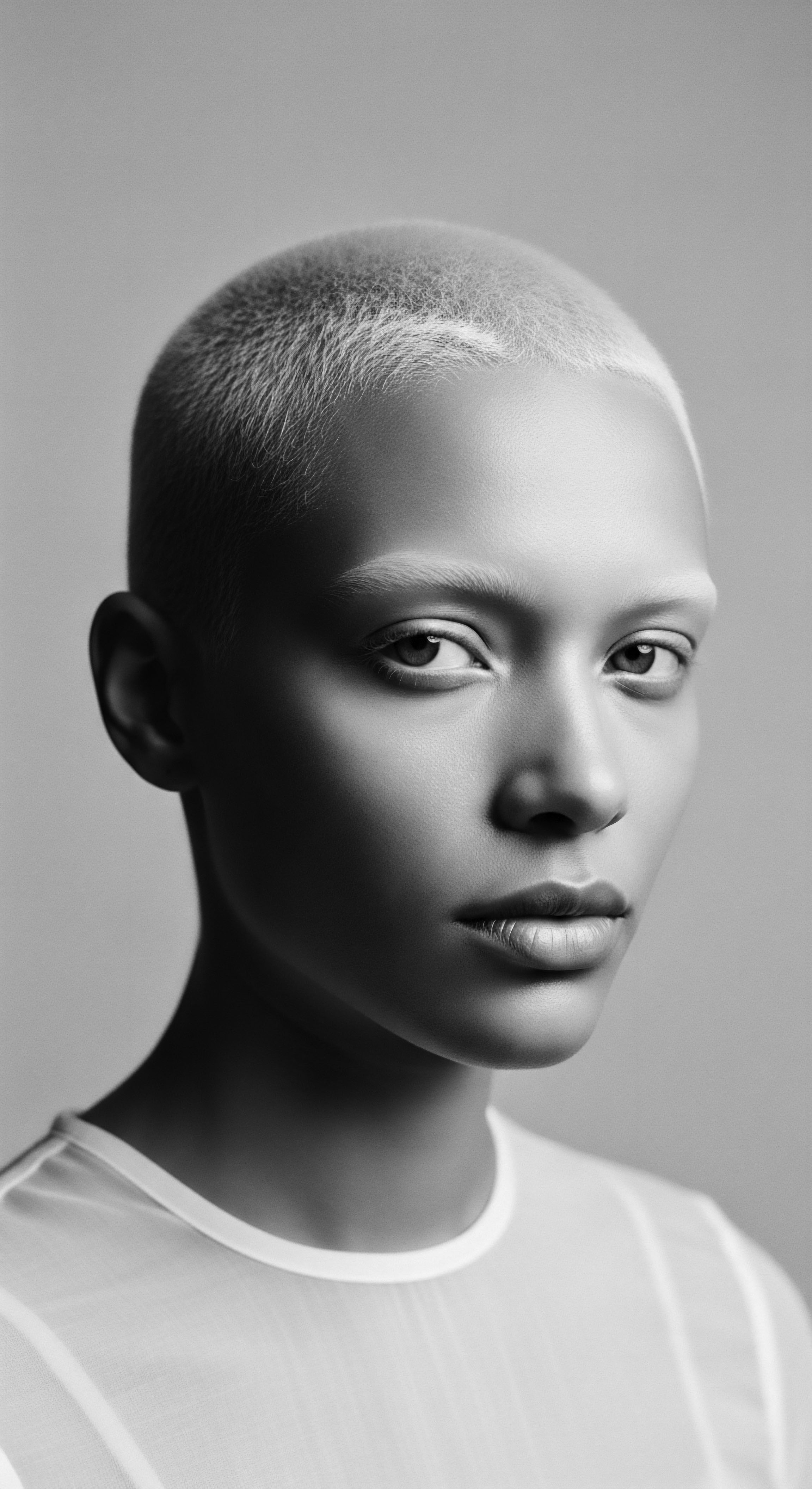
Hair’s Elemental Design
The science of textured hair reveals a world of subtle differences that contribute to its distinctive character. The distribution of disulfide bonds, those chemical links that provide strength and shape, differs, allowing for the hair’s inherent spring. The outer cuticle layers, the protective scales of the hair shaft, tend to lift more readily in textured strands, which can affect moisture retention.
Yet, these characteristics are not deficiencies; they are the very qualities that make textured hair so adaptable, so expressive, and so resilient. Understanding this inherent design is a first step in honoring its ancient lineage.

Classifying the Coils and Curls
The language used to describe textured hair has a history as complex as the hair itself. Modern classification systems, often categorizing hair by number and letter (e.g. 3A, 4C), attempt to provide a common lexicon for understanding curl patterns. While useful for contemporary product selection and styling, it is important to remember that these systems are relatively recent inventions.
Historically, communities understood hair patterns not through numerical codes, but through lived experience, familial resemblance, and communal knowledge. The subtle variations in hair texture were often understood through observation and the wisdom passed down through generations, informing care practices and styling traditions long before scientific models emerged.
Consider the deep-seated understanding that informed ancestral practices. Rather than a universal chart, each community developed its own lexicon, often tied to specific hairstyles or cultural meanings. For instance, a particular braid might be recognized by its specific coil pattern, or a certain texture might be associated with a family line. This communal naming, rooted in direct observation and shared experience, formed a lexicon that was both practical and deeply cultural.
The cycle of hair growth, too, carries a heritage. The anagen (growth), catagen (transition), and telogen (resting) phases are universal, yet environmental factors, nutrition, and ancestral practices influenced hair health and length in distinct ways. Historical diets rich in specific nutrients, traditional herbal applications, and low-manipulation styling methods all contributed to the vitality of hair across generations, leaving a legacy of wellness knowledge that modern science now frequently affirms.
| Aspect of Hair Hair Shape |
| Ancestral Understanding Recognized through touch and visual patterns, influencing traditional styling. |
| Modern Scientific View Elliptical or flattened cross-section, dictating curl type. |
| Aspect of Hair Moisture Retention |
| Ancestral Understanding Addressed through regular oiling with natural ingredients. |
| Modern Scientific View Cuticle layers tend to lift, leading to greater moisture loss. |
| Aspect of Hair Strength and Spring |
| Ancestral Understanding Appreciated for its resilience in intricate styles. |
| Modern Scientific View Disulfide bonds arranged for characteristic coiling. |
| Aspect of Hair The inherent qualities of textured hair, though scientifically detailed today, were long understood and honored through ancestral wisdom and practice. |
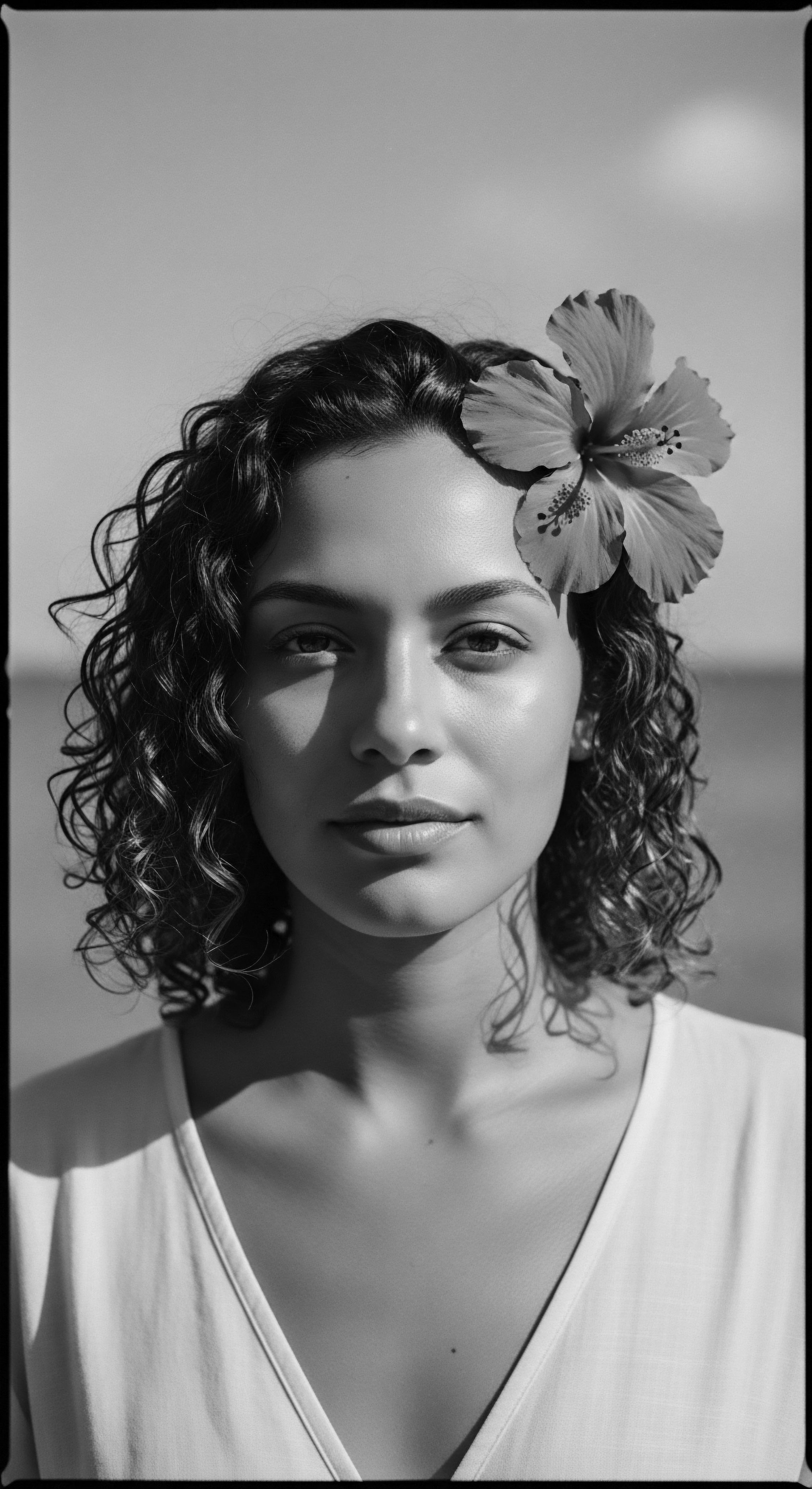
Ritual
Stepping from the fundamental understanding of textured hair’s origins, we now turn our gaze to the vibrant, living practices that have shaped its story across generations. If the roots are the silent foundations, then the ritual is the living breath, the conscious action, and the shared knowledge that gives form to its heritage. The desire to adorn, protect, and honor textured hair is not a modern trend but an echo of ancient communal rites, a testament to human ingenuity, and a profound connection to ancestral ways of being. These are not merely routines but sacred practices, shaping personal identity and collective memory.

Ancestral Roots of Protective Styling
The concept of protective styling, so central to modern textured hair care, finds its deepest origins in ancestral practices across the African continent and its diaspora. These styles were not solely about aesthetics; they were ingenious solutions born of necessity, cultural expression, and spiritual conviction. Braiding, twisting, coiling, and wrapping hair served to shield delicate strands from environmental elements, reduce manipulation, and promote healthy growth long before contemporary product lines existed.

The Legacy of Braiding Traditions
Among the myriad of protective styles, braiding stands as a monumental pillar of textured hair heritage. In pre-colonial African societies, braids were a visual language, conveying age, marital status, tribal affiliation, social standing, and even spiritual beliefs. The artistry involved was profound, often taking hours or even days, transforming hair into intricate maps of identity and community.
- Suku ❉ A Yoruba style where braids form a raised, basket-like shape, often signifying sophistication and worn by young women and brides.
- Ìpàkó-Elédè ❉ Translating to “pork head,” this Yoruba style involves braids swept backward from the front, representing youth and vitality.
- Kojusoko ❉ A Yoruba braided style where braids fall towards the forehead, associated with boldness and adaptability.
These traditions carried across the vast waters of the transatlantic slave trade, transforming into silent acts of resistance. Enslaved Africans, stripped of so much, found ways to maintain their hair practices. Cornrows, in particular, became a means of coded communication, their patterns reportedly mapping escape routes, hiding seeds for survival, or conveying messages between individuals across plantations. This remarkable ingenuity underscores the enduring power of hair as a vessel for heritage and defiance.
Protective styles are not mere aesthetics; they are ingenious solutions and silent acts of resistance born from ancestral ingenuity and cultural depth.
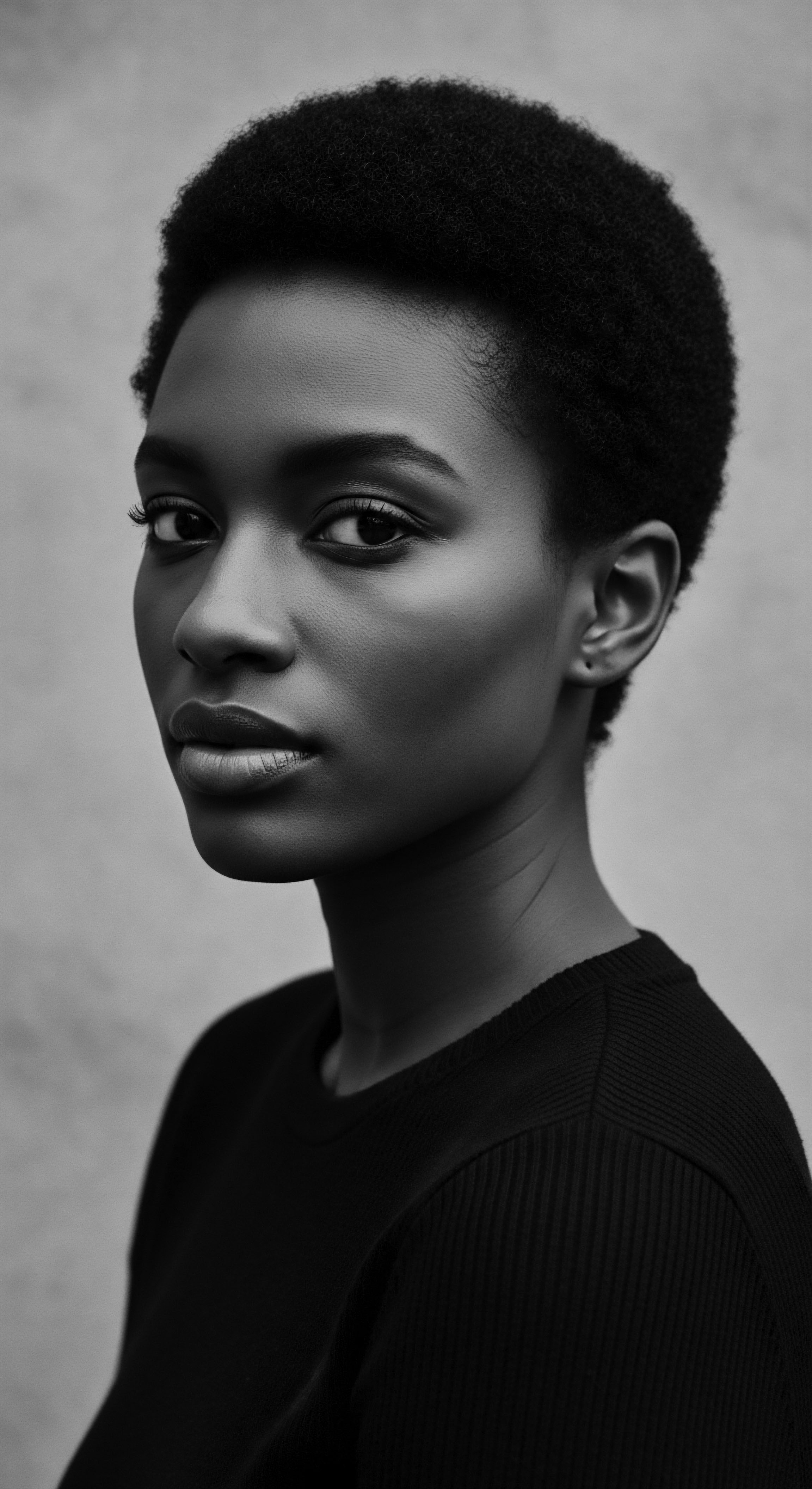
Tools and Transformations
The implements used in textured hair care also carry a historical resonance. Before the advent of modern combs and brushes, natural materials served as essential tools. Animal bones, thorns, carved wood, and even fingers were used to detangle, section, and sculpt hair. These tools were often imbued with cultural significance, passed down through families, and used in communal grooming rituals that strengthened social bonds.
The journey from traditional hair preparation to modern styling techniques reflects a continuous adaptation. While heat styling today carries warnings about thermal damage, historical methods often involved natural heating elements or air drying to achieve desired textures. The application of plant-based oils and butters, long before the chemical compositions of modern products, provided conditioning and shine, echoing a deep understanding of natural emollients.
| Care Aspect Detangling |
| Ancestral Practice/Tool Fingers, wide-toothed wooden combs, natural bone picks. |
| Modern Parallel/Evolution Wide-tooth combs, specialized detangling brushes, fingers. |
| Care Aspect Conditioning |
| Ancestral Practice/Tool Shea butter, coconut oil, plant infusions. |
| Modern Parallel/Evolution Conditioners, deep conditioners, hair masks with natural oils. |
| Care Aspect Shaping/Setting |
| Ancestral Practice/Tool Braiding, twisting, air drying, natural wraps. |
| Modern Parallel/Evolution Rod sets, roller sets, heat styling (with protectants). |
| Care Aspect The ingenuity of ancestral tools and practices laid the groundwork for contemporary textured hair care, demonstrating a continuous lineage of adaptation and innovation. |
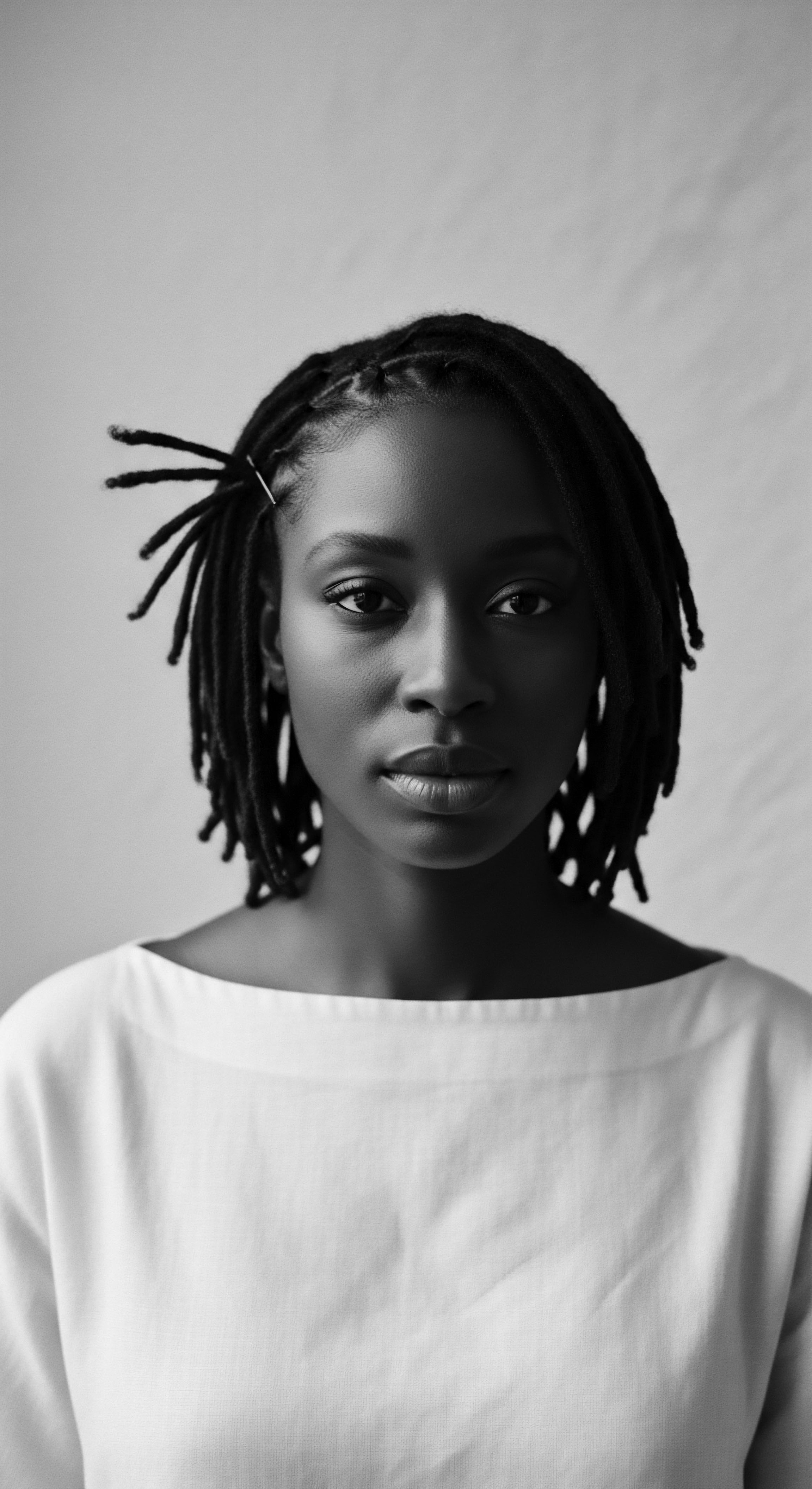
The Nighttime Sanctuary and Bonnet Wisdom
The practice of protecting hair at night, often with bonnets or head wraps, is another thread connecting modern care to ancestral wisdom. In many African cultures, head coverings held immense social, spiritual, and protective significance. They shielded hair from dust and sun, maintained elaborate styles, and signified status or spiritual devotion.
The modern bonnet, while serving a practical purpose of preserving styles and moisture, echoes this ancient tradition of valuing and safeguarding the hair, even in slumber. This simple act connects us to a long line of ancestors who understood the importance of protecting their crowns.

Relay
As we trace the lineage of textured hair from its elemental biology to the intimate rituals of care, a deeper understanding emerges ❉ this hair is not merely a personal attribute but a dynamic force shaping cultural narratives and informing future traditions. The query, “What enduring heritage does textured hair represent in the modern era of self-acceptance?”, unearths complexities that extend beyond individual choice, inviting us into a space where science, cultural memory, and the intricate details of human experience converge. This is where the profound insights reside, where the past actively informs the present, and where the collective journey of self-acceptance gains its truest meaning.

Cultural Memory in Every Strand
The journey of textured hair through history is a powerful testament to resilience and cultural preservation. For centuries, across the African continent, hair was a canvas for identity, a language spoken through intricate patterns and adornments. This tradition was not merely aesthetic; it was deeply interwoven with social structures, spiritual beliefs, and communal identity.
One striking historical example of hair as a carrier of cultural memory and resistance can be observed in the experiences of enslaved Africans during the transatlantic slave trade. Despite brutal attempts to strip them of their identity, including forced head shaving, many maintained hair practices that became covert forms of communication and survival. Cornrows, for instance, were reportedly braided to conceal rice grains, seeds, or even gold, intended to sustain individuals during escape attempts. Beyond material survival, the patterns themselves sometimes served as literal maps, guiding escapees through unfamiliar terrain.
This practice, though born of immense suffering, highlights the profound ingenuity and deep cultural attachment to hair as a vessel for ancestral knowledge and collective liberation. This is not merely a historical footnote; it is a powerful illustration of how heritage, even under duress, finds avenues for expression and survival.
Hair, for generations, has served as a silent language, a map of escape, and a vessel for cultural memory and defiance against oppression.

The Science of Self-Acceptance
The modern era of self-acceptance for textured hair is not a spontaneous phenomenon but a culmination of centuries of struggle, reclamation, and evolving understanding. Scientific research now complements ancestral wisdom, offering deeper insights into the unique needs of textured hair. For instance, studies on hair porosity and elasticity help explain why certain traditional ingredients, like shea butter or various plant oils, were so effective in providing moisture and protection.
The high elasticity of textured hair, while contributing to its beautiful curl, also means it can be more prone to breakage if not handled with care. This scientific validation of ancestral methods reinforces the intelligence embedded within traditional practices.
The psychological and social dimensions of textured hair acceptance are equally compelling. Historically, Eurocentric beauty standards often marginalized textured hair, leading to societal pressures for straightening and alteration. The movement towards embracing natural texture is a powerful act of reclaiming identity and challenging oppressive norms.
It is a declaration of self-worth, a connection to ancestral beauty, and a visible symbol of collective pride. This shift reflects a growing recognition that diverse hair textures are not “problems” to be fixed, but natural expressions of human variation, deserving of celebration and respect.

How Does Textured Hair Connect to Broader Identity Movements?
The journey of textured hair from being perceived as a mark of difference to a symbol of self-acceptance is inextricably linked to broader movements for racial justice and cultural affirmation. The “Black is Beautiful” movement of the 1960s and 70s, for example, saw the widespread adoption of the Afro, a style that became a powerful visual statement of pride and resistance against assimilation. This period marked a significant turning point, where hair became a conscious political act, challenging dominant beauty ideals and celebrating African heritage.
Today, the natural hair movement continues this legacy, adapting it for a new generation. Social media platforms have become virtual gathering spaces, allowing individuals to share knowledge, celebrate diverse textures, and find community. This digital realm amplifies ancestral practices, offering a global exchange of traditional care methods, styling techniques, and personal narratives of self-acceptance. It is a contemporary manifestation of the communal learning and sharing that characterized ancestral hair rituals.
The economic impact of this movement is also significant, with a growing market for products tailored to textured hair needs. This economic shift, however, also presents a challenge ❉ how to ensure that the commercialization of natural hair does not dilute its deep cultural and historical significance. The enduring heritage calls for a mindful approach, one that honors the origins of these practices and supports businesses rooted in the communities that have preserved this knowledge for centuries.
The modern era of self-acceptance, therefore, is not merely about individual preference. It is a profound act of historical memory, a conscious re-engagement with ancestral practices, and a collective assertion of identity that continues to shape the cultural landscape. It is a living testament to the enduring power of hair as a symbol of belonging, resistance, and unyielding beauty.
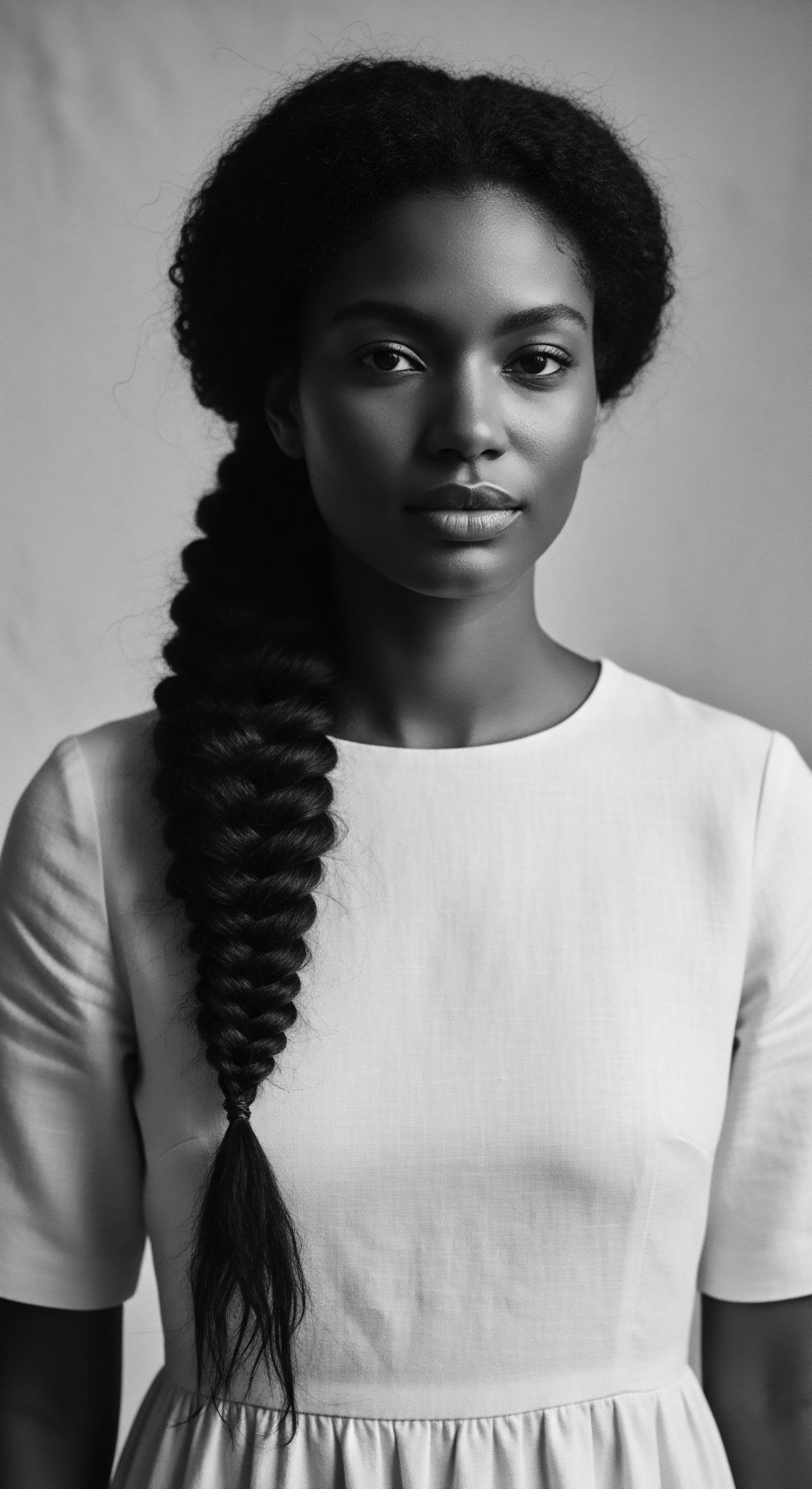
Reflection
As we draw this exploration to a close, the whispers of ages past, carried within each textured strand, become a chorus. The enduring heritage of textured hair in the modern era of self-acceptance is not a static artifact but a living, breathing testament to the profound resilience of the human spirit. From the very helix that defines its structure, echoing the cosmos, to the communal hands that have nurtured and adorned it through millennia, this hair stands as a vibrant chronicle. It is a continuous narrative of identity preserved, wisdom inherited, and beauty redefined.
Roothea’s ‘Soul of a Strand’ ethos reminds us that every curl, every coil, every wave is a repository of history, a silent keeper of ancestral stories, and a luminous beacon guiding future generations toward a deeper, more authentic appreciation of self. The journey of textured hair is, ultimately, the journey of humanity—a testament to the enduring power of cultural memory and the radiant strength found in embracing one’s truest form.
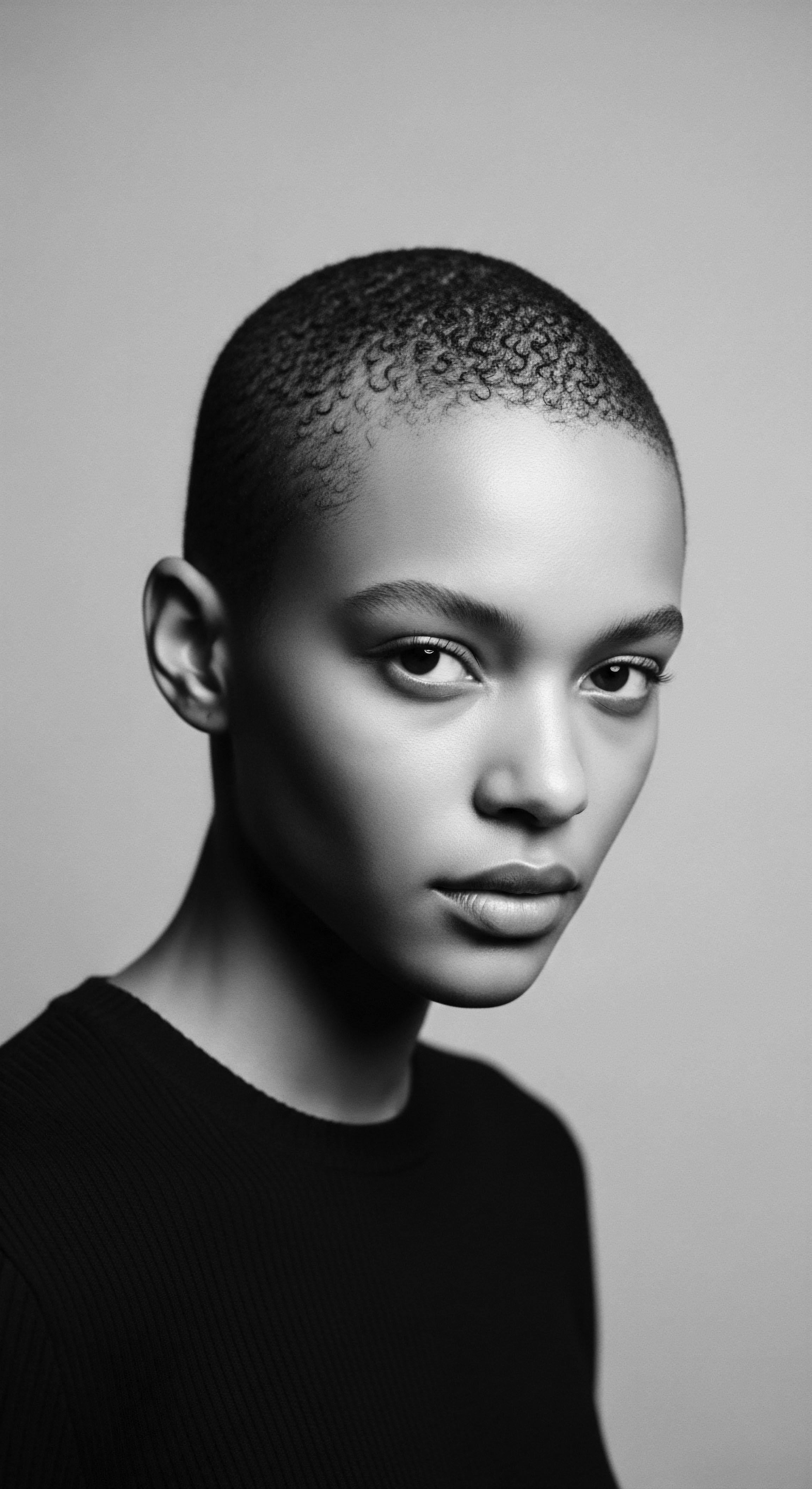
References
- Adekunle, K. (2023). Hairdressing and Hairstyles in Yorubaland ❉ History, Nature, Dynamics and Significance. Journal of Black Studies .
- Elias, A. (2019). African Hairstyles ❉ Cultural Significance and Legacy. Afriklens Publications.
- Heaton, S. (2021). Heavy is the Head ❉ Evolution of African Hair in America from the 17th c. to the 20th c. Library of Congress.
- Kanu, K. (2022). Decolonizing African Knowledge ❉ Autoethnography and African Epistemologies. Cambridge University Press.
- Scranton, L. (2006). The Science of the Dogon ❉ Decoding the African Mystery Tradition. Inner Traditions.
- Tenise, A. (2019). Cultural Significance of Braids. Alicia Tenise Publications.
- The Afro Curly Hair Coach. (2022). Cornrows and The TransAtlantic Slave Trade. The Afro Curly Hair Coach.
- Various Authors. (2023). The History and Cultural Significance of African Hair Braiding. Elom African Braids.
- Various Authors. (2024). How frizzy hair saved the lives of slaves. Noireônaturel.
- Various Authors. (2025). The Art & Business of African Hair Braiding ❉ A Guide for Modern Cosmetologists. Tricoci University of Beauty Culture.
